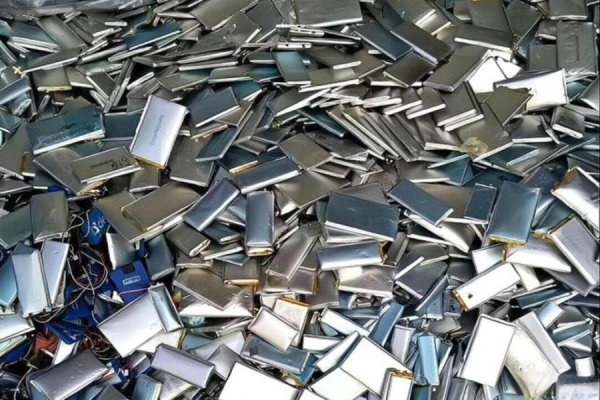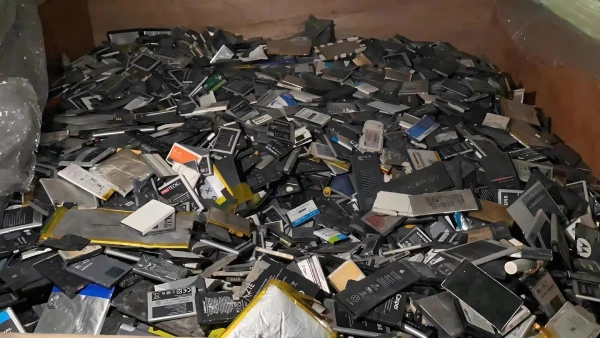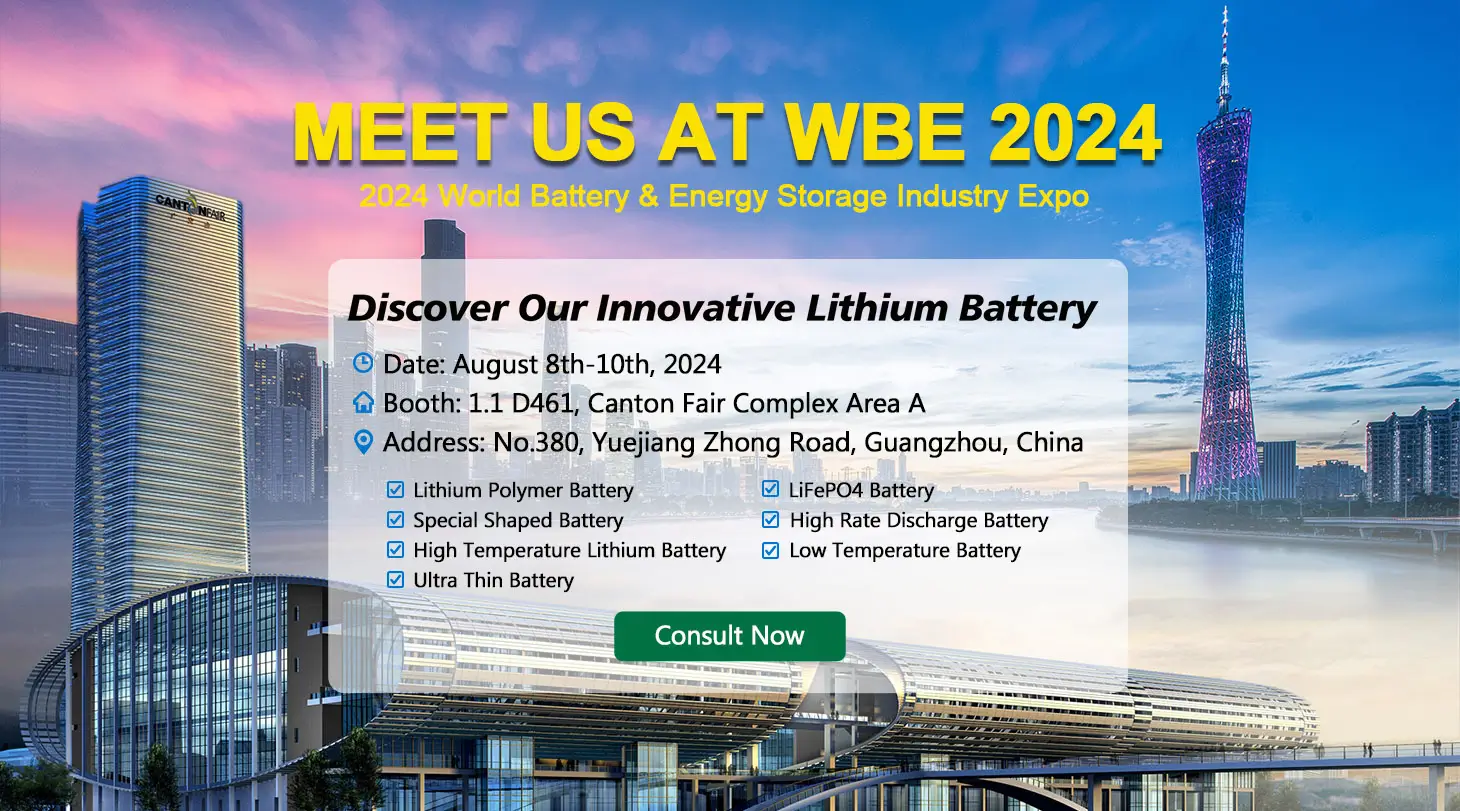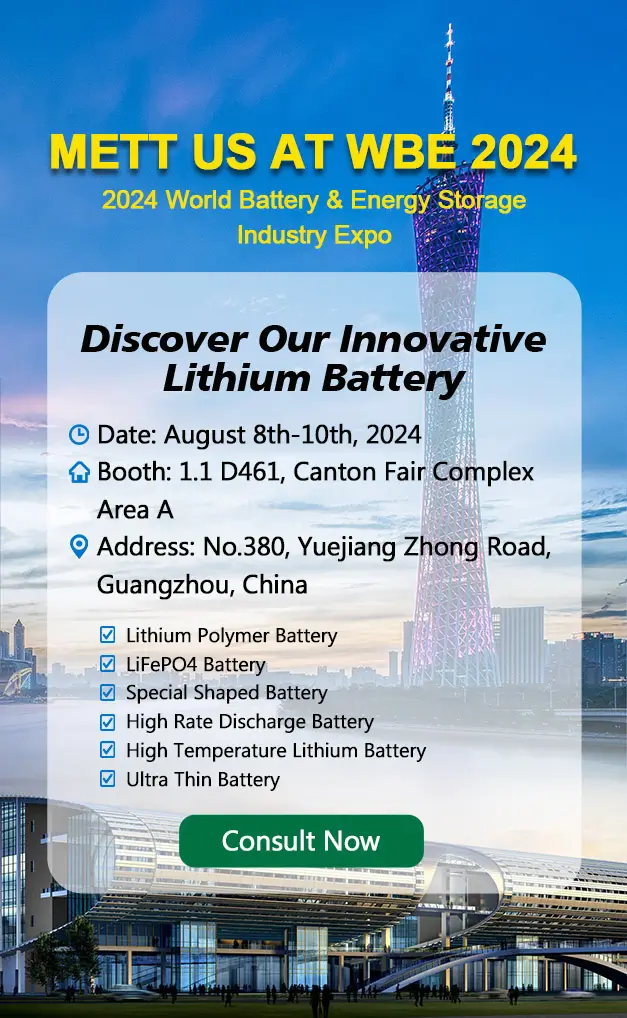Lithium battery is an energy storage device with high energy density, high power density, long life and low self-discharge. However, as the service life of lithium batteries ends, a large number of used lithium batteries will not only cause environmental pollution, but also waste valuable metal resources. Therefore, the recycling and reuse of used lithium batteries is of great significance for establishing a sustainable energy system and promoting a circular economy.

Part 1. Why do lithium batteries need to be recycled?
There are many types of used lithium batteries, including lithium-ion batteries (LIBs), lithium polymer batteries (Li-Poly), lithium iron phosphate batteries (LiFePO4), etc. Different types of lithium batteries vary greatly in design, structure, materials and electrochemical performance. Safety accidents such as short circuits and thermal runaway may occur during the recycling process, leading to fires and explosions. Therefore, it is crucial to ensure that the lithium battery recycling process is safe and environmentally friendly.
Since some power remains in used batteries, the pretreatment process includes deep discharge process, crushing, and physical sorting;. The purpose of the secondary treatment is to achieve complete separation of the positive and negative active materials from the substrate. Heat treatment, organic solvent dissolution, alkali solution and electrolysis are commonly used to achieve complete separation of the two. According to the classification of extraction process, battery recycling methods can be mainly divided into three categories: dry recycling, wet recycling and biological recycling.
Part 2. Lithium battery recycling industry chain
1. Lithium battery recycling upstream industry
There are two main parts in the upstream raw materials of the lithium battery recycling industry chain. One is the unqualified cells, pole pieces, cores, etc. produced during the production process of lithium batteries. The second is the waste lithium batteries formed after use in new energy vehicles, energy storage and 3C consumer fields. These raw materials will be crushed in the recycling process to form black powder (electrode powder, battery powder). Or decommissioned batteries that can continue to be used are selected in the echelon utilization stage.
2. Lithium battery recycling midstream industry
Midstream processing is divided into two routes: recycling and echelon utilization.
Recycling crushes upstream waste lithium battery materials into black powder. Metal salts such as cobalt sulfate, nickel sulfate, manganese sulfate, and lithium carbonate are formed through various smelting technologies. And further processed into battery cell materials to be supplied to downstream battery cell manufacturers.
Ladder utilization uses various technical means to sort, disassemble, PACK and reassemble batteries of different capacities before supplying them to downstream manufacturers.
3. Lithium battery recycling downstream industries
The downstream of lithium battery recycling is the lithium battery consumer end. New batteries formed by recycling and old batteries reused after cascade utilization are once again used in the fields of power and energy storage.
Part 3. Lithium battery recycling technology

1. Ladder utilization technology
Ladder utilization refers to a recycling treatment method that achieves reuse by dismantling, testing, screening and recomposing healthy battery packs for used lithium battery packs.
Electric vehicle batteries reach the designed retirement period when the battery capacity drops below 80%. If the battery is eliminated directly at this time, 70-80% of the battery’s capacity will be unused, resulting in a huge waste. Therefore, in order to improve the utilization efficiency of lithium batteries, secondary utilization manufacturers will recycle retired lithium batteries and “downgrade” them for use in other scenarios until the performance no longer meets the requirements.
The market has clearly divided the applicable application of batteries with different capacities. However, it is difficult to evaluate the aging state of the battery and the battery specifications are not uniform. Currently, the proportion of lithium batteries that are recycled through echelon utilization technology is still small.
Despite this, the echelon utilization technology still has huge development potential because of its advantages such as improving the utilization value of batteries, reducing battery costs in industries such as energy storage and low-speed electric vehicles, and maximizing the value of the industrial chain.
2. Recycling technology
According to the principle of maximizing battery utilization efficiency, batteries should be reused after they have been used step by step until they are no longer usable, and valuable metal elements should be recovered. However, because the ladder utilization technology still has the problems mentioned above, most retired batteries are currently recycled using recycling technology.
Recycling refers to a processing method that disassembles the entire lithium battery, extracts nickel, cobalt, lithium and other metal elements with recycling value through physical, chemical and other methods and recovers them. At present, the most common recycling methods are fire recycling, wet recycling and physical repair.
3. Fire recycling technology
Peel off the outer casing of the lithium battery, mix the inner core of the battery with coke and limestone, and undergo reduction and roasting to obtain metal lithium, cobalt, nickel, aluminum, etc. combined into a carbon alloy. Fluorine, phosphorus, etc. in the electrolyte are solidified in the slag and can be used as additives for building materials or concrete. Then deep processing is carried out, and the whole process is completed at high temperature.
4. Wet recycling technology
Used lithium batteries are disassembled and pre-treated and then dissolved in acid and alkali solutions to extract some valuable metal elements. Then through ion exchange and electrodeposition, the remaining valuable metals are extracted. The core process of the wet method is to add chemical reagents to the black powder for leaching and extraction.
5. physical repair technology
Finely separate the positive and negative electrode materials, separators, electrolytes, hardware and other component structures of used batteries. Then through the material repair process, the disassembled positive and negative electrode materials are adjusted in composition and repaired in high-temperature solid phase, and finally the repaired positive and negative electrode material powders are generated. The core technology of physical repair is to repair lithium battery materials, which is a relatively pure physical process.
Part 4. FAQs
-
Why is lithium battery recycling important?
It preserves valuable materials and reduces environmental impacts. Extracting raw materials is costly and intensive. Recycling saves on new mining and conserves resources. It also prevents toxic heavy metals from batteries ending up in landfills or incinerated. -
What materials can be recovered through lithium battery recycling?
Major materials recovered include cobalt, lithium, nickel, manganese, and graphite. These are critical raw materials for new battery production. Even rarer materials like scandium and gallium can potentially be extracted and reused. -
How does a consumer properly dispose of used lithium batteries?
Most retailers and municipalities offer battery recycling drop-off locations. Sealed lithium batteries should never be placed in rubbish or compacted. Contact your local waste services for disposal and recycling options in your area to keep batteries out of landfills. -
Are all lithium battery types suitable for recycling?
Most consumer and industrial lithium battery packs can be recycled. Very small button cell batteries may not be economically viable to recycle individually. Damaged or thermal runaway batteries require special handling due to safety risks during recycling processing as well.
Related Tags:
More Articles

Overview of Deep Cycle Lithium Battery
In this article, we explore the life, voltage, capacity, and charging considerations of deep cycle lithium batteries.
How Long do Lithium Batteries Last?
How long do lithium batteries last? we will explore the factors that influence the lifespan of lithium batteries and provide insights into their longevity.
How to Choose the Best LiFePO4 Battery?
Choose LiFePO4 batteries for superior performance, safety, and versatility in EVs, UPS, and backup power. This guide helps you make informed decisions.
Get 12v Lithium Car Battery As a Power Source for the Ride
Make the right choice for your vehicle's battery needs by installing a 12 volt lithium car battery. You will enjoy maintenance-free longevity with this change.
Everything About A Small Lithium Ion Battery
Discover the features, uses & future potential of a small lithium ion battery. A compact and tiny powerhouse ideal for smartphones, wearables, drones & more.





